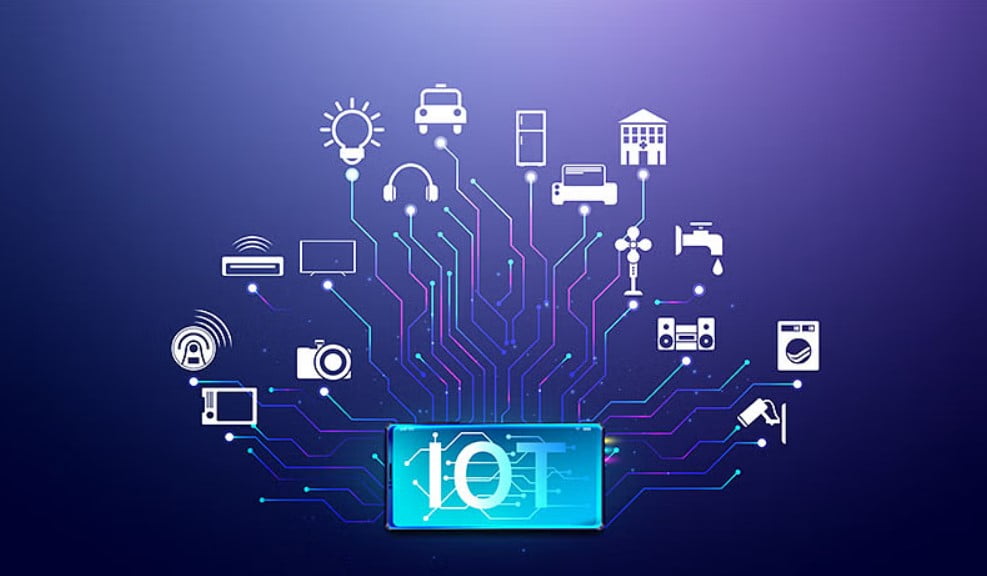What is edge computing and why does it matter? Exactly, I am also curious to explain it to you.
Every day, organizations, enterprises, factories, hospitals, banks, and other established facilities generate an enormous volume of data.
As a result, efficient data management, storage, and processing are becoming more important. Now, it is becoming extremely important for time-sensitive organizations to analyze data quickly and effectively in order to reduce safety hazards and speed up operations.
Edge computing can help with this.
According to Gartner, three-quarters of all enterprise-generated data will be created and handled at the edge by 2025, rather than in a traditional centralized data center or cloud.
Also Read: What is Minimum Viable Product (MVP)?
Understand Edge computing:
Edge computing is a distributed computing framework that puts enterprise applications closer to data sources. Like we can talk of the Internet of Things devices or local edge servers.
Again, it’s computing that takes place at the edge of corporate networks. Furthermore, at the place where n devices access the rest of the network. Network components include phones, laptops, industrial robots, and sensors. The Edge used to be a place where these devices connected. So they could deliver data and receive instructions and download software updates from a centrally located data center.
Now with the explosion of the Internet of Things these IoT devices gather so much data. Hence, the sheer volume requires larger and more expensive connections to data centers and the cloud.
Also Read: What is Smart Contract in Cryptocurrency?
Edge Computing Examples
The time has come when we need much faster connections between the data center or cloud and the devices. For example, if sensors and valves at a petroleum refinery detect dangerously high pressure in the pipes, then shut-offs must be triggered as soon as possible. With analysis of that pressure data taking place at distant processing centers, the automatic shutoff instructions may come too late. But with processing power placed local to the end devices, latency will be less. And we can reduce that round trip time, potentially saving downtime and damage to property.

Again, there are several examples of edge computing. The most relatable example of edge computing is your iPhones facial recognition feature. If the facial recognition algorithm had to run through the cloud or with any other means, it would take forever for your phone to unlock. So, here the edge computing device is your iPhone itself.
Also Read: What are Private Blockchains?
Why there is a need for Edge Computing?
Even with the introduction of edge devices that provide local computing and storage, there will still be a need to connect them to data centers. Either to connect them on-premises or in the cloud. For example, temperature and humidity sensors in agricultural fields gather valuable data. But that data doesn’t have to be analyzed or stored in real-time. Edge devices can collect store and perform a preliminary analysis of the data. Afterward, these devices send it along to centralized applications or on-premise, or in the cloud. Because this traffic may not be time-sensitive, so slower less expensive connections can be used.
Advantages of Edge Computing
And because the data is pre-sorted, the volume of traffic that needs to be sent may be reduced. So the best thing about edge computing is its faster response time for applications that require it. And slowing the growth of expensive long-haul connections to processing and storage centers. A few advantages of Edge computing are:
- Reduced bandwidth costs
- Real-time computing power
- Substantially reduced latency issues
- Accelerated performance experiences and
- Operation efficiency
Disadvantages of Edge Computing
The cons of edge computing can be security. As data is being collected and analyzed at the edge. It’s important to include security for the IoT devices that connect to the edge devices. These devices contain valuable data. They are also networking elements that if exploited could compromise other devices that store valuable assets. Now, edge computing is becoming more essential. Hence, it’s also important to make sure that the edge devices themselves don’t become a single point of failure. Network architects need to build redundancy and provide failover contingencies in order to avoid crippling downtime.
The industry has already gone a long way toward addressing the demands of edge computing and it’s becoming mainstream. Its importance is likely to grow even more as the use of real-time applications becomes more prevalent.
Also Read: The Latest NFT Influencer Marketing Guide.
Difference between Edge Computing and Cloud Computing
Now, we’re going to talk about the difference between edge computing and cloud computing. Also, the impact of edge computing on society. So let’s start with what is cloud computing?
What is Cloud Computing?
Cloud computing allows you to work off of the cloud, a remote server with massive storage space. The cloud is used for saving data. Also, cloud computing uses the Internet to run your software applications and network from a remote cloud server.
What is Edge Computing?
As we read earlier, edge computing is a distributed architecture that reduces latency by housing applications’ data and computing resources at locations geographically closer to end-users. Simply put edge computing processes data and local edge devices rather than in the cloud (where it would take more bandwidth and time to send back to the device).
The original intent for using edge computing was to reduce bandwidth costs for IoT devices over long distances. But now, with a huge upsurge of internet-connected devices and real-time applications, edge computing is required for local processing and storage competencies needed for these apps.
In the case of surveillance cameras, specifically when the use of several cameras is required simultaneously, running a live feed through the cloud would reduce its quality as well as increase its latency. With a live feed, latency should be practically zero.
Edge computing will run its feed locally eliminating latency and quality issues. Many mobile network carriers are already incorporating edge computing into their 5g deployments to better improve their data processing speed instead of going through the cloud.
Applications of Edge Computing:
Some of the practical uses of edge computing are:
- Facial Recognition
- Virtual or Augmented Reality apps
- Surveillance or Security Cameras
- Alexa or Google Assistant for industrial automation.
Conclusion:
So which is better, Edge computing or Cloud computing some may ask. But it’s not a matter of which is better. But what is its intended use? For massive amounts of data storage, or for software and apps that don’t have real-time processing needs, the cloud would be the solution.
To summarize, some of the key benefits of edge computing are reduced bandwidth costs, real-time computing power, substantially reduced latency issues, accelerated performance experiences, and operation efficiency.
Well, the benefits of edge computing are extremely valuable for the anticipated growth of real-time and augmented reality applications that require instant processing that edge does locally. Whether you are a retailer, warehouse, app creator, or any other business and you recognize a need for edge computing technology to be ahead of the game, contact us. We will tailor the right edge computing solutions for your business. Welcome to the future of the edge computing world. Are you ready? I hope you all found clarity in edge computing.
Thanks for reading. Have some tea or coffee now.










Leave a Reply